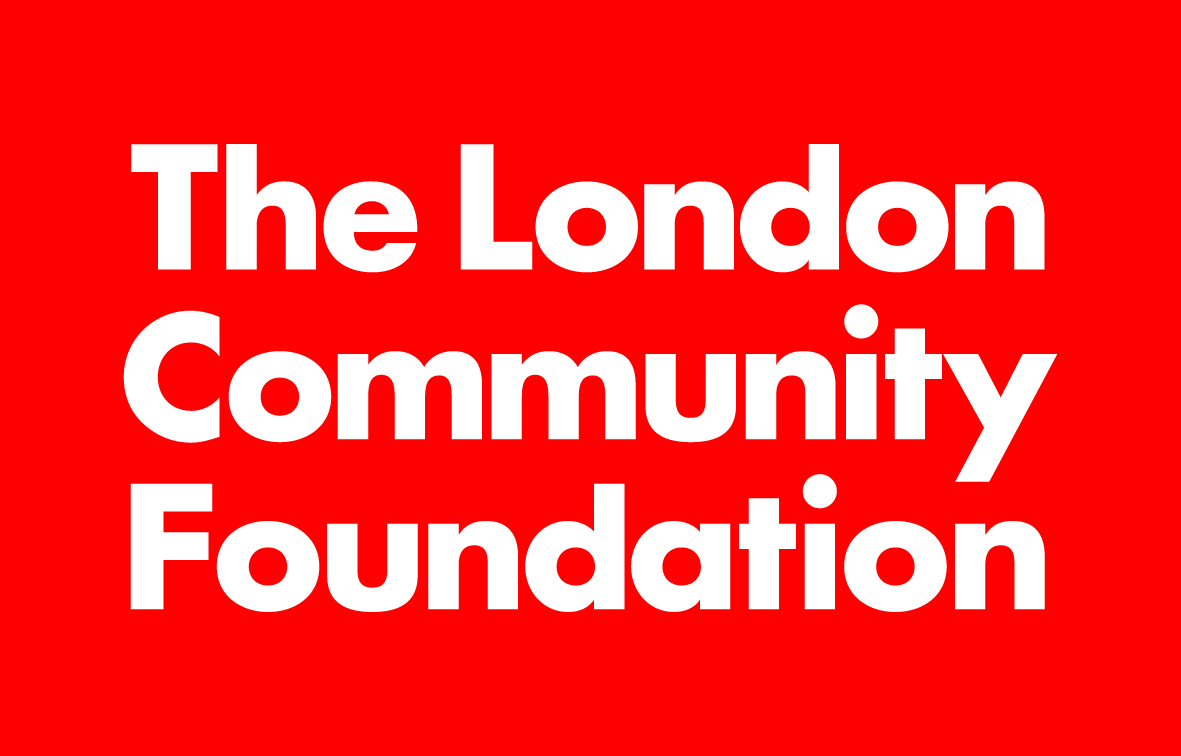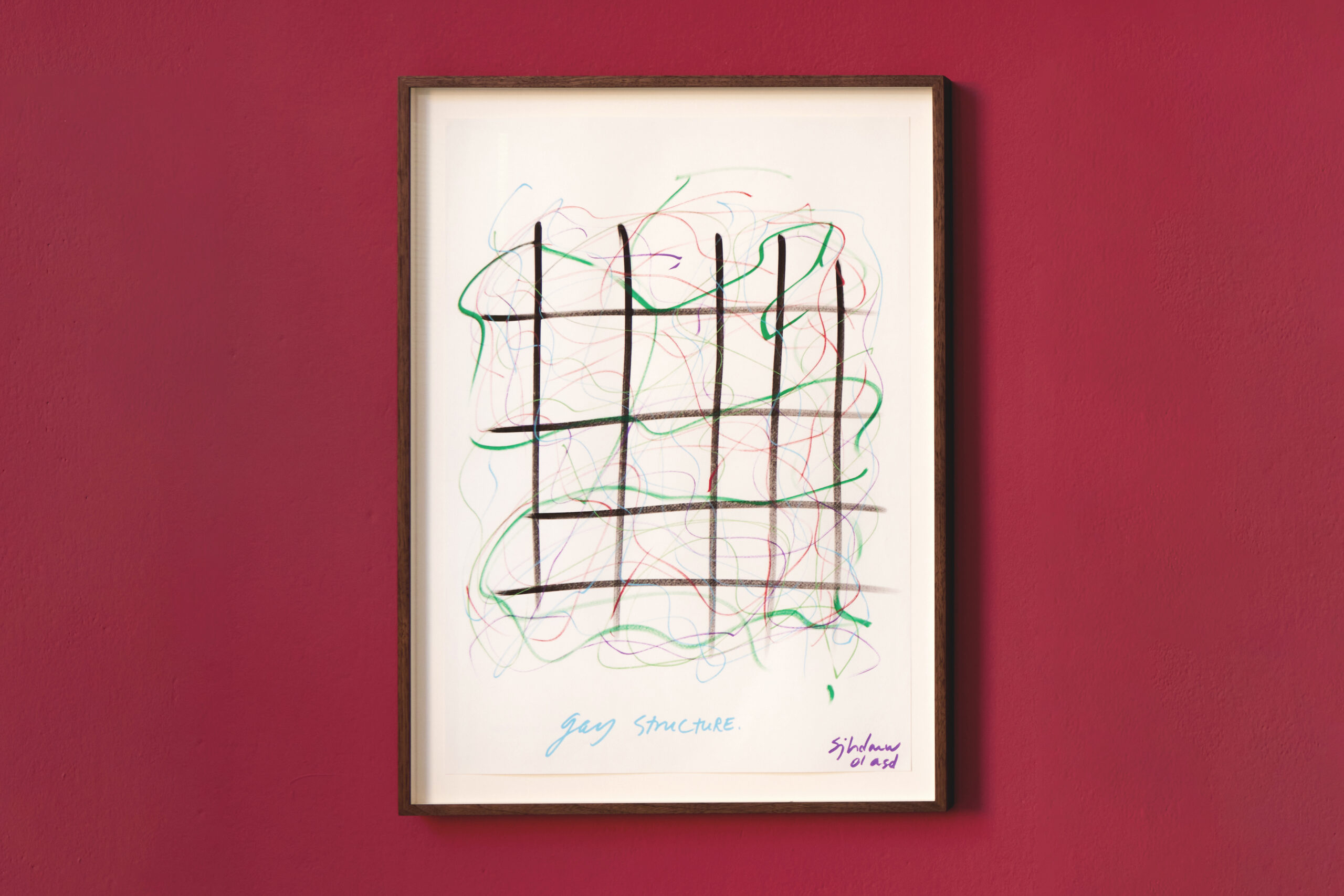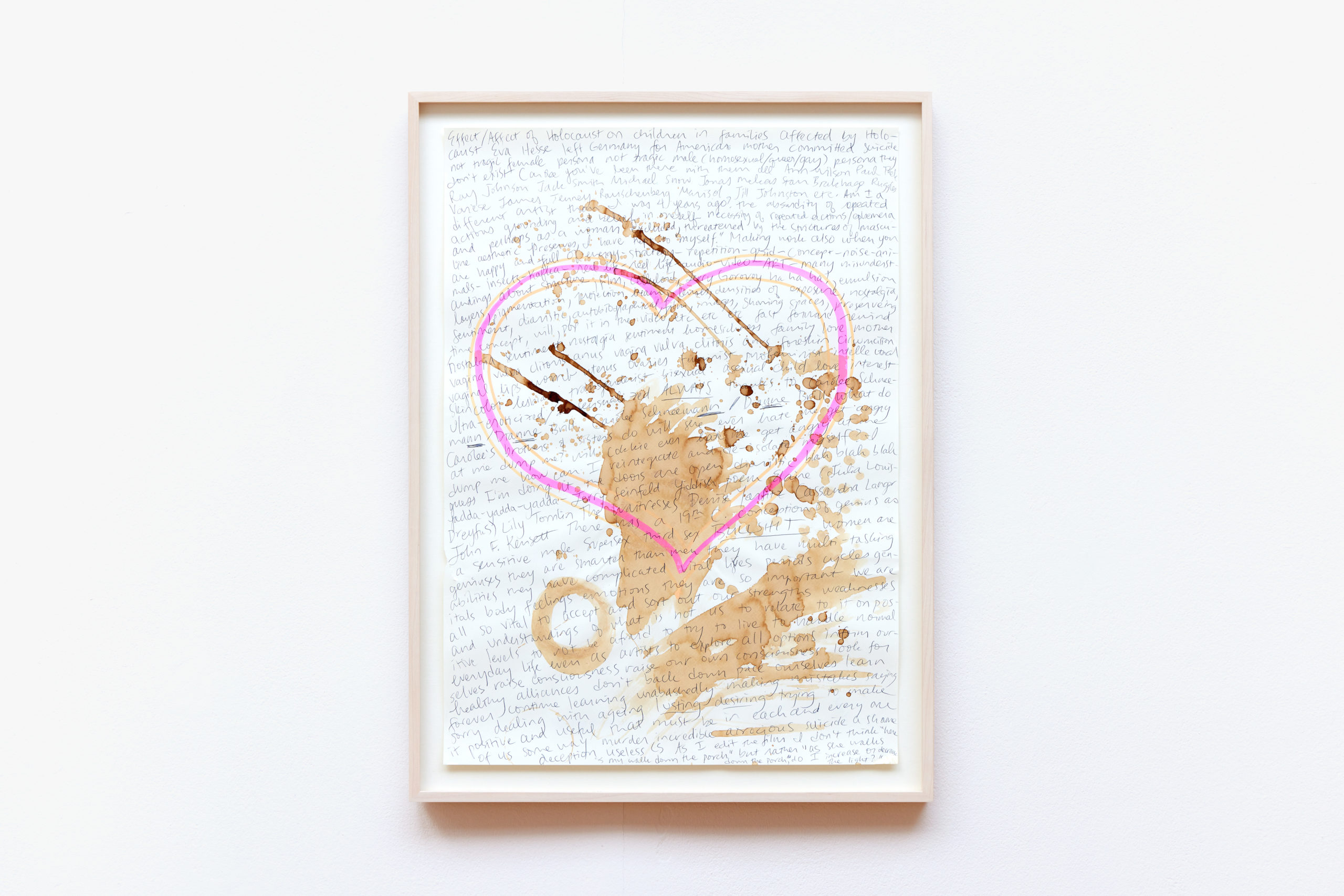Auto Italia presents I am not American (I love Adrian, I miss Carolee, I follow Hannah), an exhibition by Sands Murray-Wassink. The exhibition brings together an expansive collection of paintings, photography, writing and ephemera created between 1993–2021 as part of Murray-Wassink’s ongoing explorations of gender, mental health and sexuality.
A queer cult figure in the Amsterdam art scene for nearly two decades, Murray-Wassink is a painter, body artist, writer and perfume collector indebted to various forms and permutations of intersectional feminist and queer art, with Carolee Schneemann, Hannah Wilke and Adrian Piper serving as key coordinates.
As Murray-Wassink has moved in and out of institutional visibility over the years, his archive of art and non-art ‘studio objects’ has continued to grow. Over the past two years, the artist has worked with this massive collection of materials to create Gift Science Archive, a durational collaborative performance commissioned by If I Can’t Dance, Amsterdam and co-produced by Auto Italia, London and mistral, Amsterdam, consisting of various chapters including archiving activities, process events, performances and exhibitions.
I am not American (I love Adrian, I miss Carolee, I follow Hannah) is the latest chapter in this collective performance of archiving and intergenerational process of remembering. Within the exhibition, Murray-Wassink presents a shifting constellation of painted notes, annotations and poetry, which measure the artist’s evolving emotions, feelings and personal intimacies over the past two decades. Produced on a daily basis through an obsessive and fragile dialogue with autobiography and history, these works present an invitation to consider making as a practice of care, friendship, survival and therapy.
These paintings are enmeshed within an installation of correspondences, found objects and photographs amassed through the artist’s relationships, conversations and encounters with a generation of feminist artist role models. This footprint provides a citational history on which the artists’ work traces typologies of intersectional feminisms, concepts of celebrity, the advent of the HIV/AIDS crisis, and artistic therapeutic practices.
The exhibition continues Gift Science Archive’s emphasis on webs of social relations that hold objects together in affective fields, rather than on discrete artworks. In doing so, it continues to question where the value of art objects resides, the value of relations that art objects create, how we evaluate friendship and feelings, and the connections between relational value and commodity value.
The exhibition is accompanied by a programme of performance and live work by a younger generation of artists exploring sexuality, intimacy and sentimentality. This includes a balletic performance by Cassie Augusta Jørgensen and Rory Pilgrim, and a newly commissioned operatic performance by Harilay Rabenjamina.
I am not American (I love Adrian, I miss Carolee, I follow Hannah) has been made possible by Headline Exhibition Supporters Cockayne – Grants for the Arts and The London Community Foundation, and with support from Mondriaan Fonds and The Embassy of the Kingdom of the Netherlands in London.
Gift Science Archive is commissioned by If I Can’t Dance, Amsterdam and co-produced with Auto Italia, London and mistral, Amsterdam. The project is supported by the Rijksakademie van beeldende kunsten, Amsterdam.
Auto Italia’s commissions are made possible by our Exhibition Circle and Member supporters.
Sands Murray-Wassink (b. 1974, USA) is a painter, body artist, writer and perfume collector based in Amsterdam. His work is rooted in forms of intersectional feminist and queer art. Recent presentations include Rijksakademie van Beeldende Kunsten, Amsterdam (2021); mistral, Amsterdam (2021); Azkuna Zentroa, Bilbao (2021); Stroom Den Haag (2019); La Casa de Barro (2017); W139, The Hague (2015); Kunstinstituut Melly, Rotterdam (2013); Cokkie Snoei Galerie, Rotterdam (2012); Robert Miller Gallery, New York (2011); Montehermoso Kulturunea, Vitoria-Gastei (2010); and MAK Museum, Vienna (2007).













